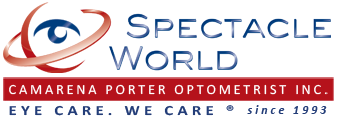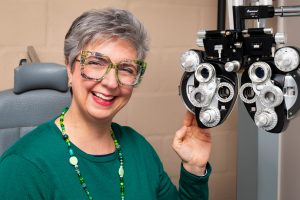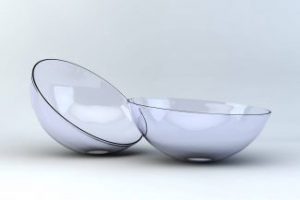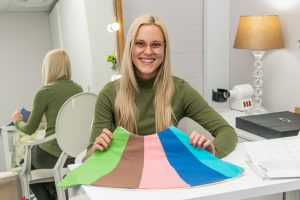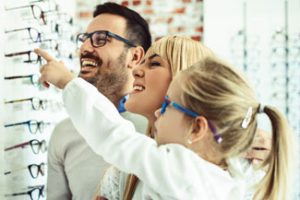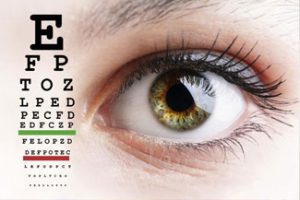SEE BETTER - LIVE BETTER
DESIGNER EYEWEAR
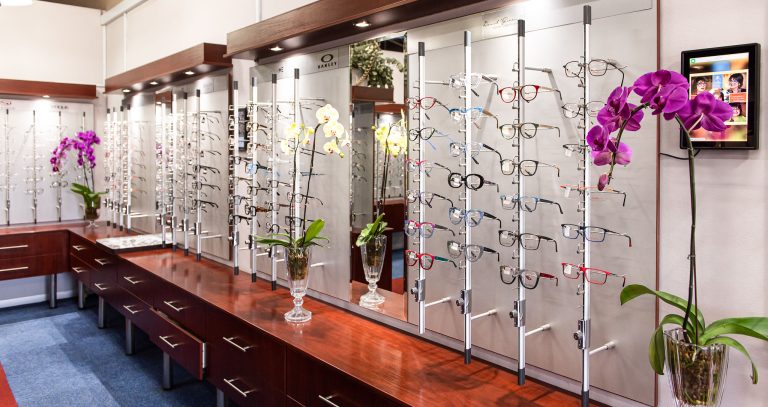
With over 1,000 pairs of eyeglasses and sunglasses available, trying to find glasses by yourself can be overwhelming. That’s why you’ll be promptly greeted by an optician/stylist to help you find the perfect pair (or two) of glasses. The optician will ask some questions to familiarize themselves with your personal style and eyewear needs, and taking your face shape and coloring into account, they’ll select a few frames that fulfill your requirements and flatter your face.
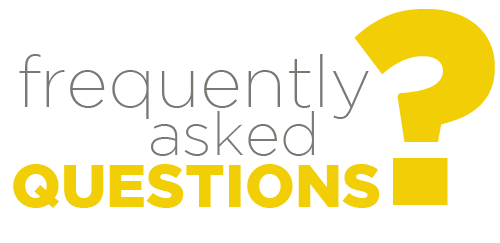
Catching problems in their early stages can prevent vision loss. An eye exam can do this by catching things you haven’t yet noticed.
Dry eye syndrome is diagnosed based on symptoms, which include the eyes feeling dry, burning, itchy or irritated. Watery eyes and blurry vision are also common because the tears, which protect the outermost surface of the eye, can be unstable.
Contact lenses are a great alternative to wearing eyeglasses. An often unknown fact is that not all patients wear contact lenses as their primary source of vision correction. Each patient is different, with some patients wearing contact lenses only on weekends, special occasions or just for sports. That is the beauty of contact lens wear, the flexibility it gives each individual patient and their lifestyle.
If you decide to opt for contact lens wear, it is very important that the lenses fit properly and comfortably and that you understand contact lens safety and hygiene. A contact lens exam will include both a comprehensive eye exam to check your overall eye health, your general vision prescription and then a contact lens consultation and measurement to determine the proper lens fit.
One size does not fit all when it comes to contact lenses. Your eye doctor will need to take some measurements to properly fit your contact lenses. Contact lenses that do not fit properly could cause discomfort, blurry vision or even damage the eye. Here are some of the measurements your eye doctor will take for a contact lens fitting:
According to experts, 80% of learning is visual, which means that if your child is having difficulty seeing clearly, his or her learning can be affected. This also goes for infants who develop and learn about the world around them through their sense of sight. To ensure that your children have the visual resources they need to grow and develop normally, their eyes and vision should be checked by an eye doctor at certain stages of their development.
According to the American Optometric Association (AOA) children should have their eyes examined by an eye doctor at 6 months, 3 years, at the start of school, and then at least every 2 years following. If there are any signs that there may be a vision problem or if the child has certain risk factors (such as developmental delays, premature birth, crossed or lazy eyes, family history or previous injuries) more frequent exams are recommended. A child that wears eyeglasses or contact lenses should have his or her eyes examined yearly. Children’s eyes can change rapidly as they grow.
In addition to being “windows to the soul”, your eyes are also a clear indicator—or window—to your overall general health. That’s why it’s so important to understand the relationship between your eyes and any medications you may currently be using. Since eye doctors can use your eye health as a predictor or measure of your general health, all medications that could affect your eyes need to be discussed with your eye care professional.
